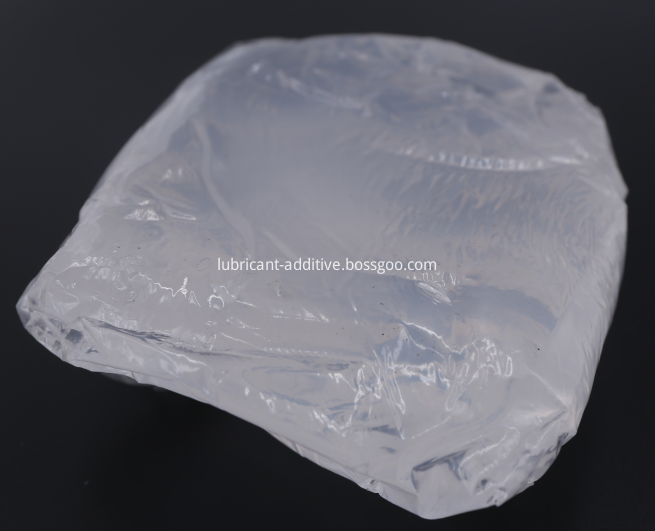Bearing heat treatment process and skill application
2019-10-24 15:06:06
| Home>Bearing knowledge> Bearing heat treatment process and skill application |
Bearing heat treatment process and skill application
Source: China Bearing Network Time: 2014-09-01
| /*250*250 was created on 2017/12/25*/ var cpro_id = 'u3171089'; |
The use of waste heat in incinerators has reached a high level; the optimization of the layout of the incinerator and the strict control of the air-to-fuel ratio ensure the rational incineration; the reduction of NOx and CO to the minimum, the use of gas carburizing, carbonitriding And vacuum heat treatment skills instead of salt bath disposal to reduce the waste salt and CN-toxic substances on the water source pollution, the choice of water-soluble quenching oil instead of some quenching oil; the use of biodegradable vegetable oil instead of some mineral oil to reduce oil pollution.
.2) Fine heat treatment <br> Fine heat treatment has two aspects: on the one hand, based on the application requirements of the parts, data, layout scale; using physical metallurgy common sense and leading computer simulation and testing skills; optimizing process parameters; The required function or maximum limit to carry forward the potential of the data, on the other hand is to ensure the stability of the optimization process; the quality of the product is very dispersed.
.3) Energy-saving heat treatment <br> Scientific production and power management are the most promising elements for the useful use of power; establishing a professional heat treatment plant to ensure full-load production and abundant development of equipment can be a scientific management choice. In terms of power layout; priority is given to selecting one power, using waste heat and waste heat, and selecting a process with low energy consumption and short cycle to replace the process with long cycle and high energy consumption.
.4) Less oxidizing heat treatment <br> Heating from controlled atmosphere heating instead of oxidizing atmosphere to control the carbon potential and nitrogen potential in a controlled atmosphere; the function of the parts after heat treatment is improved; the disadvantages of heat treatment such as decarburization, Cracks are greatly reduced; finishing allowances after heat treatment are reduced; data utilization rate and machining power are improved. Vacuum heating, gas quenching, vacuum or low pressure carburizing, nitriding, nitrocarburizing and boronizing can be observed. Improve quality, reduce distortion, and improve life.
The application of heat treatment skills. 1) Expanded the application scale of GCr15 steel; usually GCr15 steel M quenching useful wall thickness of 12mm or less; but BL quenching can be strong because of salt cooling; if mixing, stringing, adding water Etc. The ferrule has a wall thickness that can be extended to about 28 mm.
.2) The hardness is stable and uniform. Because the BL transition is a slow process; usually GCr15 steel takes 4h; GCr18Mo steel takes 5h; the ferrule is isothermally long in the nitrate salt; the outer core arrangement changes are simply carried out together; Uniformity is good; usually GCr15 steel BL after quenching hardness of 59 ~ 61HRC, uniformity ≤ 1 HRC; unlike quenching when the ferrule wall thickness is slightly larger, it presents low hardness, soft point, poor uniformity and other problems.
.3) Reducing quenching and grinding cracks in the production of railway and rolling mill bearings; because the ferrule is large in scale and heavy in weight; M is brittle when oil quenching; strong cooling is often adopted in order to obtain high hardness after quenching; Microcracking, while BL quenching; because BL arrangement is much better than M arrangement; together with the external composition of compressive stress of -400 ~ -500MPa; greatly reduced the tendency of quenching crack, the external compressive stress is offset during grinding Some grinding stress; reduce the overall stress level; greatly reduce the grinding crack.
.4) The service life is improved. The railway, rolling mill bearings, etc., which accept large impact loads; the primary failure mode after M quenching is: the inner sleeve is cracked during installation; The ring is broken; the austempered bearing has good impact resistance and external compressive stress; no matter whether the inner sleeve is cracked during installation, it is still used in the process of the casing to stop the block, and the tendency of the inner sleeve to be broken is greatly reduced.咴 咴 α α. Therefore; after the isothermal quenching than M quenching after the average life and reliability progress.
Recommend to friends comments close window
| Bearing related knowledge |
| Oil-free bearing - selection of new product bearing layout required for mold occupation The advantages of FAG bearing in the sealing problem. Correctly apply the method of NTN bearing. |
This article links to http://
Please indicate the bearing network http://
Previous:The depiction of the guide rail and the precision requirements Next:The method of easy cleaning and refueling of textile sealed bearings
Ocp Polymer is a kind of Ethylene Propylene Copolymer, it is in the shape of white transparent block, widely used as an ideal Viscosity Index Improver, to provide good shear stability and thermal stability. It is a kind of OCP Polymer Ethylene Propylene Copolymer to make Viscosity Index Improver, which is an widely used Lubricant Additive Component.
This product line includes: Ethylene Propylene Copolymer OCP Polymer J0010 (23 SSI) and Ethylene Propylene Copolymer OCP Polymer J0010 (45 SSI).

Ocp Polymer Ethylene Propylene Copolymer
Ocp Polymer,Ocp Polymer Ethylene Propylene Copolymer,Ethylene Propylene Copolymer,Epdm Ocp Polymer
Zhengzhou Chorus Commerce & Trade Co.,Ltd , https://www.cn-lubricantadditive.com